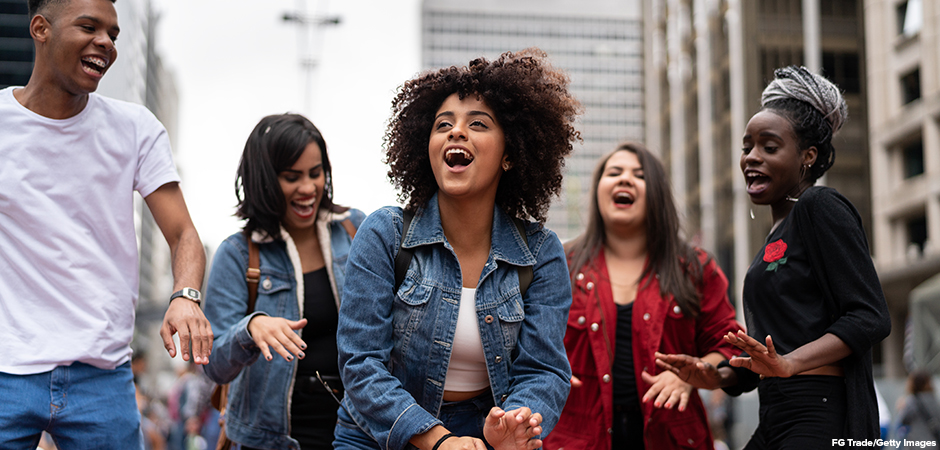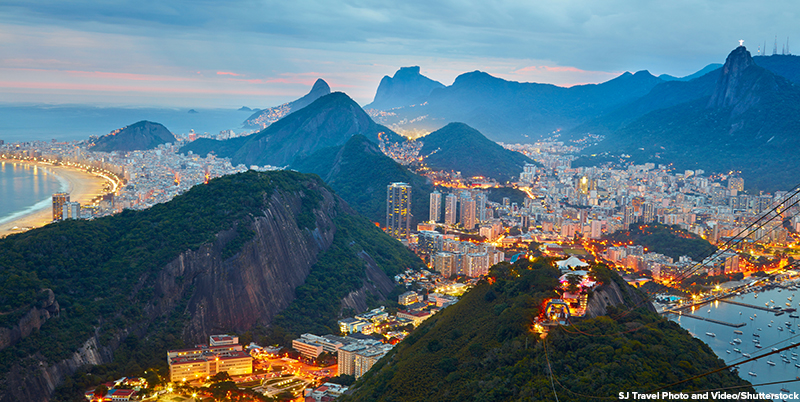
Passinho is a unique Brazilian dance style. It was created in the 2000s by young people in Rio de Janeiro’s favelas. Favelas are lower income neighborhoods within Brazil’s largest cities. Passinho is a dance of nimble leg movements and quick steps. The dance is set to Brazilian funk music. It incorporates elements from various other dance forms such as breakdancing and samba. This vibrant dance culture has become a major part of the lives of many young people in the favelas.
Birth of a Dancing Sensation
In the early 2000s, passinho dancers experimented with new moves at home and showing them at neighborhood parties. They also shared dance videos online through new social media platforms. This helped spread passinho to other favelas. As more young people uploaded their dance videos, a competitive scene emerged. Dancers pushed themselves and passinho’s style in innovative directions.

Brazilian producer Julio Ludemir sees passinho as a reflection of the many dance styles that make up Brazilian culture. He recognized the potential of this dance early on and started organizing “passinho battles” in the early 2010s. Dancers competed at these events before a team of judges. In 2014 passinho was introduced to an international audience at the “Out of Doors” festival at New York City’s Lincoln Center. A team of passinho dancers also performed in the Rio 2016 Olympic Games’ opening ceremony.
A Creative Outlet
Passinho has also proven to be beneficial for many lower income Brazilians. The dance provides a creative outlet for many young people. It also provides an alternative to becoming involved in criminal activity.
Recognizing its cultural importance, Rio’s legislative assembly declared passinho a “state heritage” in March 2024. This recognition aims to “decriminalize funk and artistic expressions” of the younger people who live in favelas.
This heritage status is expected to inspire future passinho dancers. Among the notable dancers is Pablo Henrique Goncalves, known as Pablinho Fantástico. He won a passinho battle in 2014 and later formed a dance group called OZCrias. This group, which is made up of dancers from Rocinha, Rio’s largest favela, performs at festivals, events, theaters, and on television shows.
Nayara Costa is the director of another group named Passinho Carioca. She escaped a life of drug trafficking through passinho. She now teaches the dance to young people and even older adults, demonstrating that passinho is for people of all ages. Costa, 23, believes that passinho can transform lives, citing her own experience as an example.
Passinho’s journey from the favelas to the global stage highlights the power of cultural expression and social media. The culturally significant passinho is expected to inspire and uplift the lives of young dancers in Rio’s favelas and beyond.
